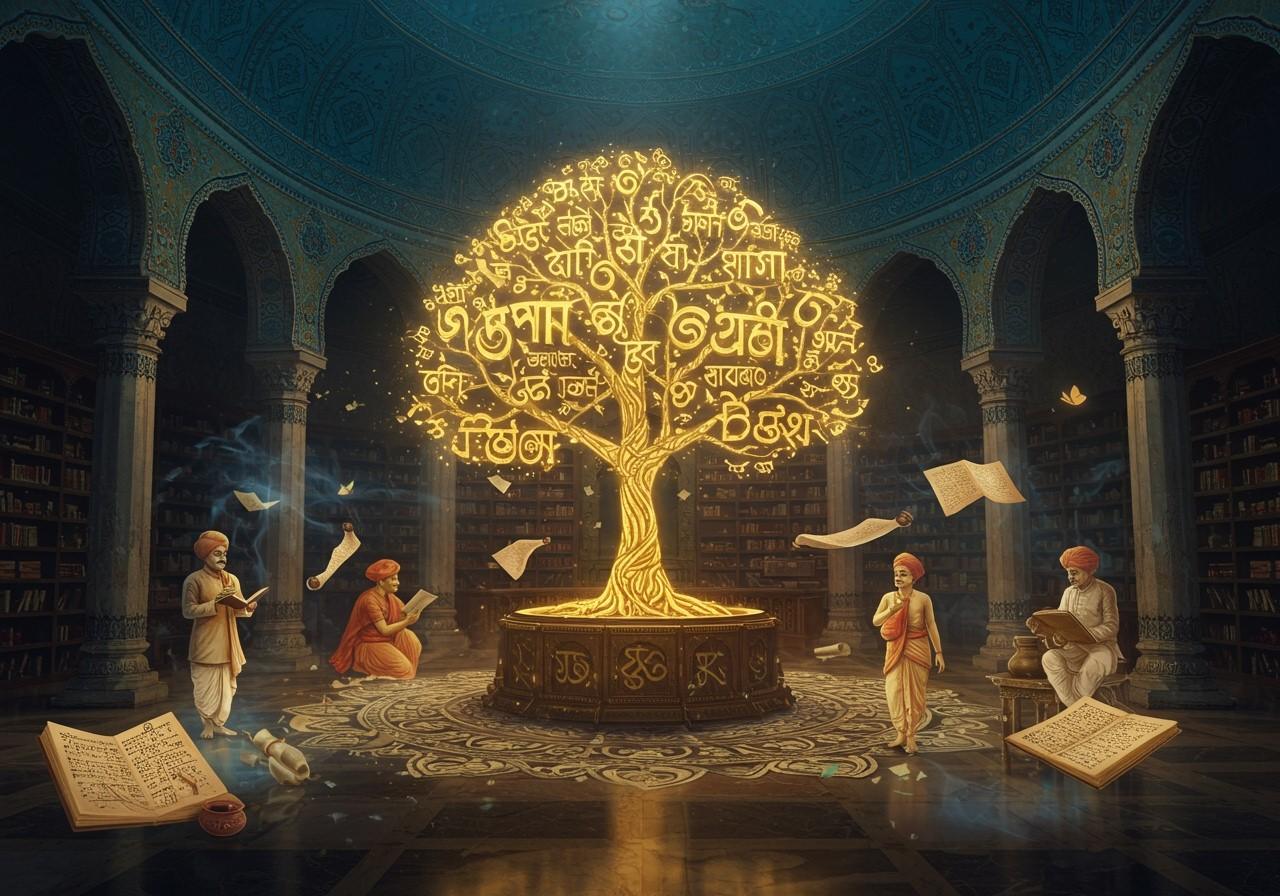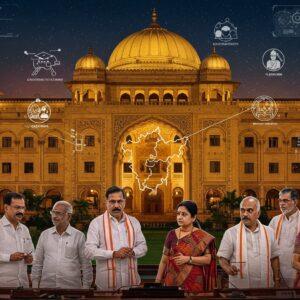
India’s history is a rich tapestry woven from diverse cultures, languages, and traditions. Regional languages have played a significant role in preserving and narrating this history, offering unique perspectives and insights into local narratives. English narratives, influenced by the British presence since the early 17th century, have also shaped modern perceptions of Indian history, contributing to the development of a distinct Indian English dialect. This article explores the intersection of these linguistic influences in recounting India’s past.
Historical Context and Significance of Regional Languages
Regional languages like Hindi, Tamil, Bengali, and others have been crucial in documenting and preserving Indian history. Ancient texts, manuscripts, and oral traditions, passed down through generations, maintain cultural identity and continuity. These languages offer unique perspectives, often focusing on local heroes and events, providing a nuanced understanding of specific regions within the broader Indian historical context.
- Tulsidas’ Ramcharitmanas (Hindi): This epic poem retells the Ramayana, a cornerstone of Hindu mythology, in the vernacular, making it accessible to a wider audience and shaping cultural values.
- Thirukkural by Thiruvalluvar (Tamil): A collection of timeless couplets offering wisdom on various aspects of life, reflecting ancient Tamil culture and philosophy. Its enduring popularity highlights the language’s role in preserving cultural values.
- Bankim Chandra Chattopadhyay’s Anandamath (Bengali): This novel, set during the Sannyasi Rebellion against British rule, played a significant role in shaping Bengali identity and nationalist sentiment during colonial times.
Poojn.in recognizes the profound importance of regional languages in understanding India’s spiritual heritage. Explore our collection of sacred texts and puja items in various Indian languages, allowing you to connect with your cultural roots in a meaningful way. We offer a wide selection of items, from Bhagwa Namavalis to Red Shalu Cloth, catering to diverse regional traditions.
The Evolution of English Narratives in India
English gained prominence during British colonial rule, serving as the language of administration and education. Early Indian historians, such as Romesh Chunder Dutt and Dadabhai Naoroji, adopted English to address a global audience, influencing international understanding of Indian history. This tradition continues with contemporary historians, whose English-language works make Indian history more accessible worldwide.
- Ramachandra Guha: A prominent historian and public intellectual, Guha’s works explore various aspects of Indian history, including environmentalism, social movements, and cricket, offering critical insights into India’s complex past. His use of English makes these narratives accessible to a global readership.
- Irfan Habib: A renowned historian specializing in medieval India, Habib’s rigorous scholarship and Marxist perspective have significantly shaped the understanding of the Mughal era and its impact on Indian society. His publications in English have made his work accessible to academics and students worldwide.
- William Dalrymple: A Scottish historian and writer, Dalrymple focuses on the intersection of British and Indian history. His engaging narratives, written in English, explore the cultural exchange and conflicts during the colonial period, bringing these historical events to a wider audience.
Comparative Analysis of Regional and English Narratives
Regional and English narratives often differ in focus, themes, and interpretations. Cultural perspectives and audience needs shape these differences. Translating historical texts between regional languages and English presents challenges but also enriches understanding by bridging cultural and linguistic divides. While regional narratives may focus on local heroes, English narratives often emphasize broader historical contexts.
Poojn.in understands the importance of accessibility to historical and religious knowledge. We offer a curated selection of books on Indian history and spirituality in both English and regional languages. Explore our blog which discusses topics such as the Ramayana’s relevance to modern life, providing insights into India’s rich cultural heritage.
Case Studies: Regional Histories
Key texts and authors in various regional languages contribute uniquely to understanding history. These regional histories shape local communities’ identities, and translations into English bring them wider appreciation.
- Hindi (Premchand): Premchand’s works realistically portray the social and economic conditions of rural India during the early 20th century, highlighting the struggles of ordinary people. His writings offer valuable insights into the societal changes of that era.
- Tamil (Kalki Krishnamurthy): Krishnamurthy’s historical novels bring iconic figures from South Indian history to life, captivating readers with their vivid storytelling. His works contribute significantly to popular understanding of regional history and culture.
- Bengali (Rabindranath Tagore): Tagore’s writings beautifully blend cultural and historical elements, reflecting the rich artistic and intellectual landscape of Bengal. His works offer a nuanced perspective on the region’s history and its contribution to Indian culture.
The Role of Technology in Bridging Languages
Modern technology plays a vital role in bridging the gap between regional languages and English in narrating history. Digital archives, online platforms, and e-books make historical texts more accessible. Translation initiatives, aided by AI and machine learning, facilitate cross-cultural understanding. Social media and online forums promote discussions across language barriers, fostering a greater appreciation for India’s diverse heritage.
Conclusion: Celebrating the Harmony of Languages
India’s history is a vibrant blend of diverse languages and rich traditions. Regional languages preserve the essence of our past, while English broadens its reach. Together, they offer a comprehensive view of India’s journey. By embracing both, we honor our multifaceted history. Technology further bridges linguistic gaps, ensuring our heritage is preserved and celebrated for future generations. Explore the impact of Hinduism on Indian art and culture on the Poojn.in blog for a deeper understanding of these interconnected themes.
Poojn.in is committed to supporting the preservation and celebration of India’s cultural heritage. We offer a wide range of products and resources, including Sindoor Dibbis and other traditional items, to help you connect with your roots. Visit our website to discover more.


